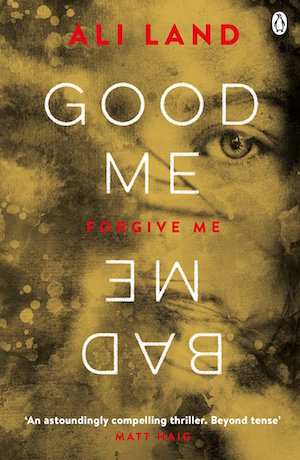Fiction – paperback; Yale University Press; 168 pages; 2017. Translated from the French by Damion Searls.
Patrick Modiano’s Sundays in August is essentially a jewel heist with a difference.
First published in 1986 under the French title Dimanches d’aout, it was translated into English — by Damion Searls in 2017 — after the author won the Nobel Prize in Literature in 2014.
Set in Nice, on the French Riviera, it is a perfectly paced and plotted noirish crime novella involving a photographer, his lover, her husband, a mysterious American couple — and a giant diamond known as the “Southern Cross”.
Setting the scene
When the book opens, the unnamed first-person narrator meets an acquaintance, Villecourt, from seven years earlier, a man he has never liked. They go for a drink. Villecourt wants to talk about Sylvia. Our narrator does not. We, the readers, do not know who Sylvia is — and so Modiano starts off as he means to go on, drip-feeding us clues and snippets of information, carefully holding things back and only revealing important facts when he thinks they are relevant.
We find out Sylvia was once married to Villecourt, but she ran away with our narrator and took a hugely valuable diamond with her. The pair hoped to sell it to someone who was rich enough to afford their asking price of more than a million — Francs? American dollars? It’s not specified, but it’s a lot of money.
For days and days, Sylvia and I had been waiting, motionless in places people were moving through: hotel bars and lobbies, café tables along the Promenade des Anglais. It seems to me now that we were weaving a gigantic, invisible spiderweb and waiting for someone to find their way into it.
Stumbling into the “web” comes a rich American, Virgil Neale, and his English wife, Barbara, who befriend the young French couple and court them with dinners out and invites for coffee. Later, comes a generous offer to buy the diamond which Sylvia wears around her neck, too scared to leave it unattended in the shabby pension they are living in.
Neal asked Sylvia, “So, you really want to sell your diamond?”
He leaned over to her and took the stone between his thumb and index finger, to examine it more closely. Then he gently placed it back onto her black sweater. I chalked it up to the offhand way Americans had. Sylvia hadn’t budged an inch; she looked off in another direction as if trying to ignore Neal’s gesture.
“Yes, we do,” I said.
From this one conversation, a series of events unfold in which things do not go according to plan — for either party.
Evocative and atmospheric
Sundays in August is an incredibly atmospheric tale and there’s a feeling of foreboding throughout. Who are the mysterious Neals? Where does Villecourt fit into the picture? And why has our narrator returned to the scene of the crime some seven years later?
The last few chapters deliver most of the answers, but even so, there’s no neat resolution; the reader is left to make up their own mind about what transpired.
What I loved most about Sundays in August is the way the narrative keeps shape-shifting so that the reader is never quite sure who to trust. Is the narrator reliable, for instance? (Plot spoiler: I think he is.)
Through the use of carefully timed flashbacks and foreshadowing, Modiano delivers a superlative story arc that comes completely full circle so that it’s not until the very end that we can see how the events that occurred seven years earlier played out.
I totally loved this book. It does everything I look for in a crime novella. It has great, morally dubious characters, snap-fire dialogue, a slow build-up of suspense, an evocative setting, expert plotting and an unpredictable storyline. Five stars.
Patrick Modiano is fast becoming a favourite author; my other reviews of his work are here.










